What is the tolerance range of precision screws?
What is the tolerance range of precision screws?
Service Hotline
+86760-8787 8587We have more than ten years of production experience in the screw industry, the main products are: GB854 washers, copper air-hole rivets, auto parts fastener bolts, plug screws, anti-corrosion 8.8 screws, Phillips screw with column, iron hollow rivet, with stopper Piece nut, hexagonal pure copper screw cap nut, pin locating pin, copper socket head cap screw, DIN933 screw, long sleeve iron round nut, German standard galvanized, dome head rivets and other fasteners, due to the different materials and specifications of the products. There are different prices, please contact us if necessary.


Metric threads are measured in MM (millimeters) and have a cusp angle of 60 degrees. Both US and Imperial threads are measured in inches. The cusp angle of the American thread is also 60 degrees, while the cusp angle of the imperial thread is 55 degrees. Due to the different units of measurement, the representation methods of various threads are also different. For example, M16-2X60 represents a metric thread. His specific meaning is that the nominal diameter of the screw is 16MM, the pitch is 2MM, and the length is 60MM. Another example: 1/4—20X3/4 means the inch thread, what he specifically means is the nominal diameter of the screw It is 1/4 inch (one inch = 25.4MM), there are 20 teeth on one inch, and the length is 3/4 inch. In addition, if you want to express American screws, UNC and UNF are usually added to the back of the British screws to distinguish between American coarse teeth or American fine teeth. In the usual domestic sales business, the most common standards we encounter are GB (National Standard) and DIN (German Standard). In the production of Yaoda, the following standards are mainly encountered: GB30; GB5783; GB5782; GB52; GB6170; GB818; GB819; GB845; GB846; GB70; DIN912; DIN933; It has been replaced by GB5783 (new national standard). GB52 (old national standard) has been replaced by GB6170 (new national standard) in the standard book.
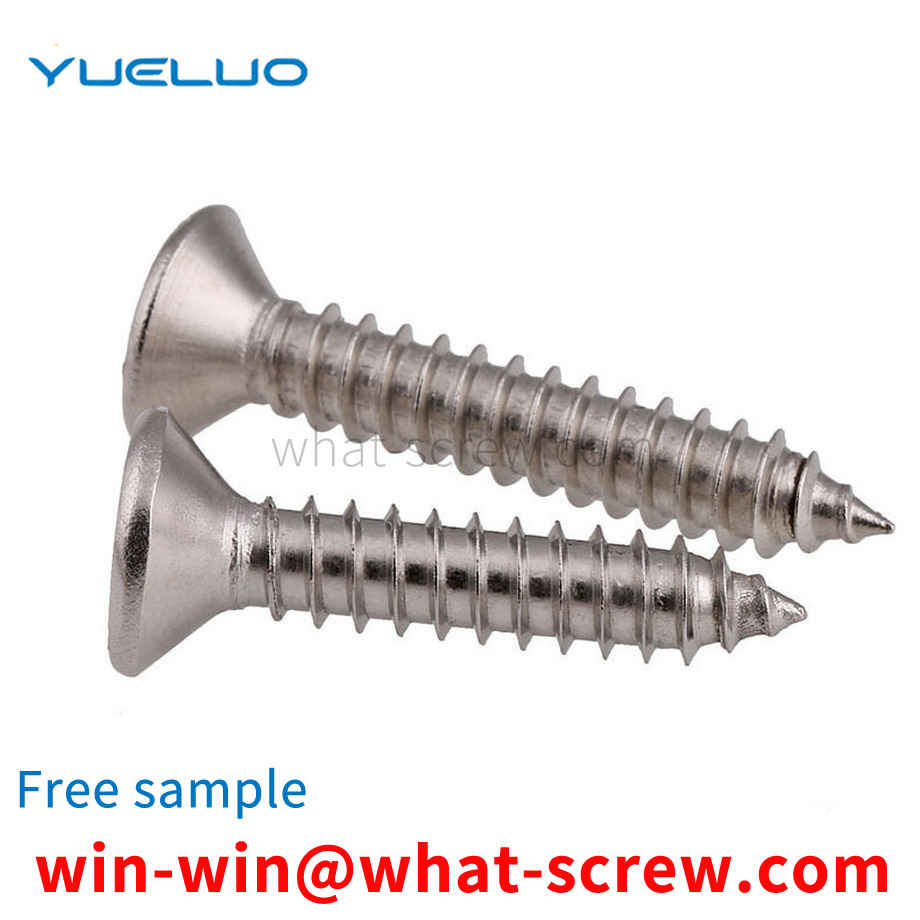
At present, the standard parts on the market mainly include carbon steel, stainless steel and copper. A carbon steel. We distinguish low carbon steel, medium carbon steel and high carbon steel and alloy steel by the content of carbon in carbon steel material. 1 Low carbon steel C%≤0.25% is usually called A3 steel in China. Foreign countries are basically called 1008, 1015, 1018, 1022, etc. Mainly used for grade 4.8 bolts, grade 4 nuts, small screws and other products without hardness requirements. (Note: 1022 material is mainly used for drill tail screws.) 2 Medium carbon steel 0.25% 3 High carbon steel C%>0.45%. 4 Alloy steel is basically not used in the market: alloying elements are added to ordinary carbon steel to increase some special properties of steel: such as 35, 40 chromium molybdenum, SCM435, 10B38. Fangsheng screws mainly use SCM435 chromium molybdenum alloy steel, the main components are C, Si, Mn, P, S, Cr, Mo. Two stainless steel. Performance grade: 45, 50, 60, 70, 80 1 Mainly divided into austenite (18% Cr, 8% Ni) with good heat resistance, good corrosion resistance and good weldability. A1, A2, A4 2 Martensite, 13%Cr have poor corrosion resistance, high strength and good wear resistance. C1, C2, C4 ferritic stainless steels. 18%Cr has better upsetting and corrosion resistance than martensite. The imported materials on the market are mainly Japan. According to the level, it is mainly divided into SUS302, SUS304 and SUS316. Three coppers. Commonly used materials are brass...zinc-copper alloys. The market mainly uses H62, H65, H68 copper as standard parts.
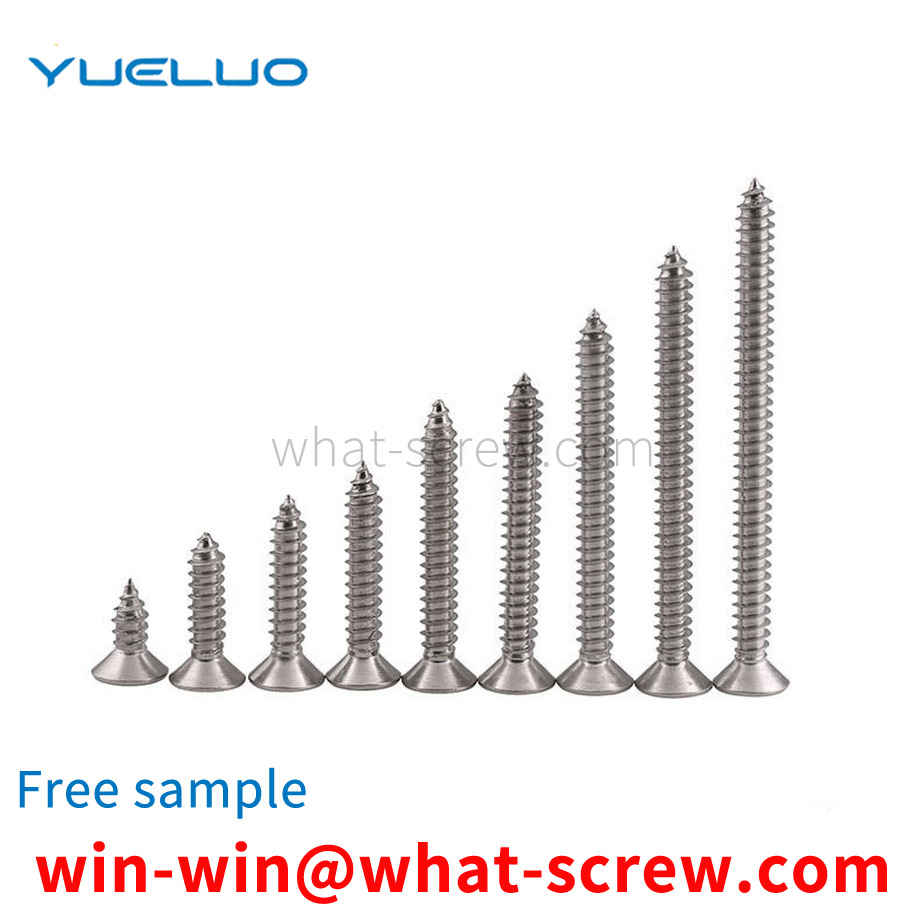
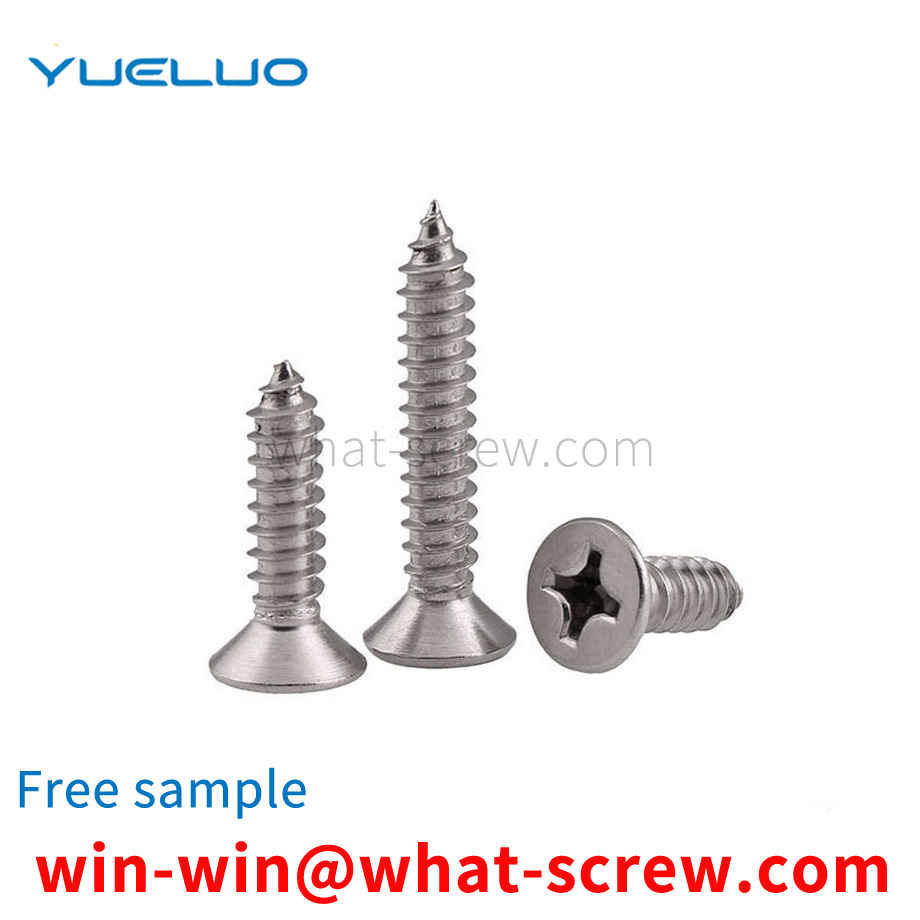
In the current plastic matrix, it is common to use self-tapping screws or add copper inserts during injection molding. The former has poor strength, and the threaded hole is easy to crack; the processing cost is high, the injection molding efficiency is low, the labor cost and manufacturing cost are increased, and the insert is easy to slip and crack on the plastic, and the thread strength of the copper insert is not as high as that of the iron nut.
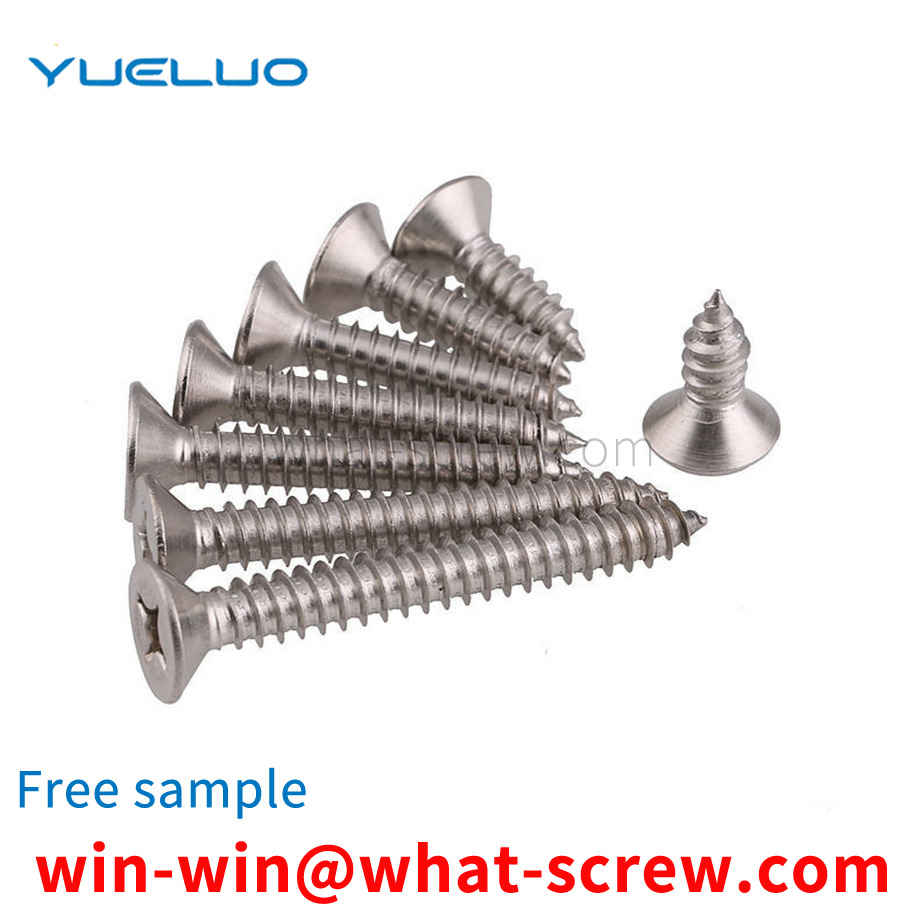
Therefore, how to provide a socket nut, a fastener and an installation method thereof that are more firmly connected and can be applied to thin-walled profiles is a technical problem to be solved by those skilled in the art.
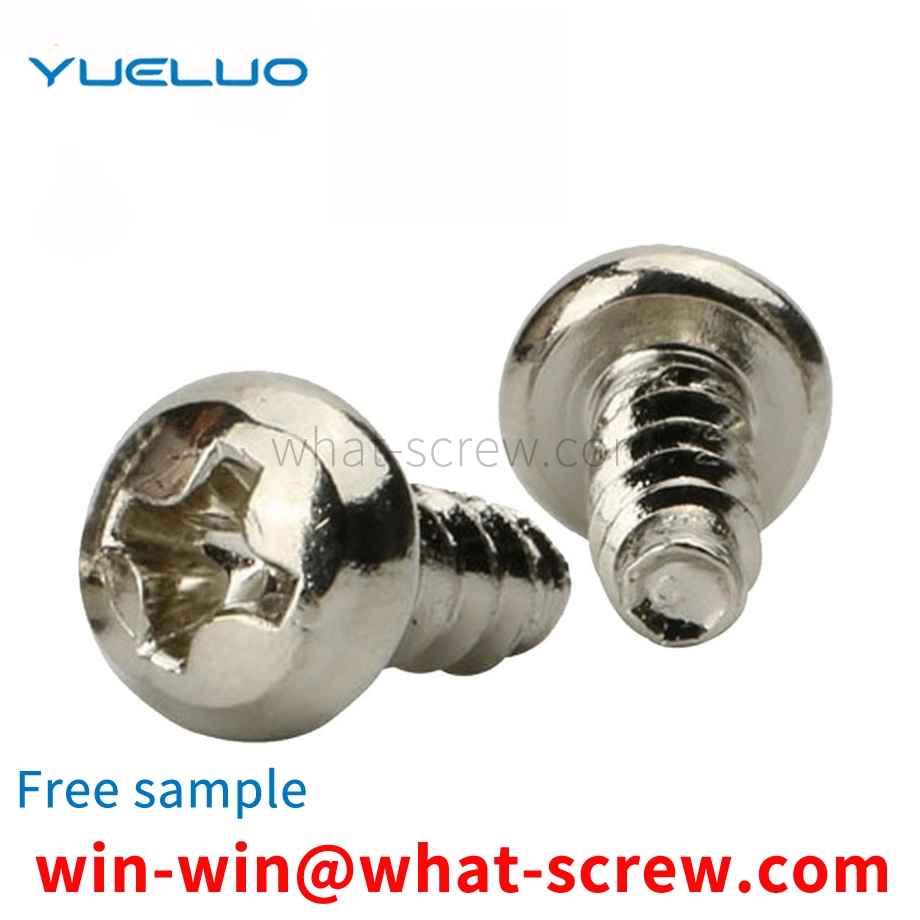
The above content is uploaded by Yueluo or the Internet. If there is any copyright issue, please contact [email protected].

What is the tolerance range of precision screws?

How to choose the right stainless steel screw manufacturer?

Why is there an R angle under the head of the hexagon head s...

We have more than ten years of production experience in the ...

We have more than ten years of experience in the production ...

We have more than ten years of experience in the production ...

We have more than ten years of experience in screw industry ...